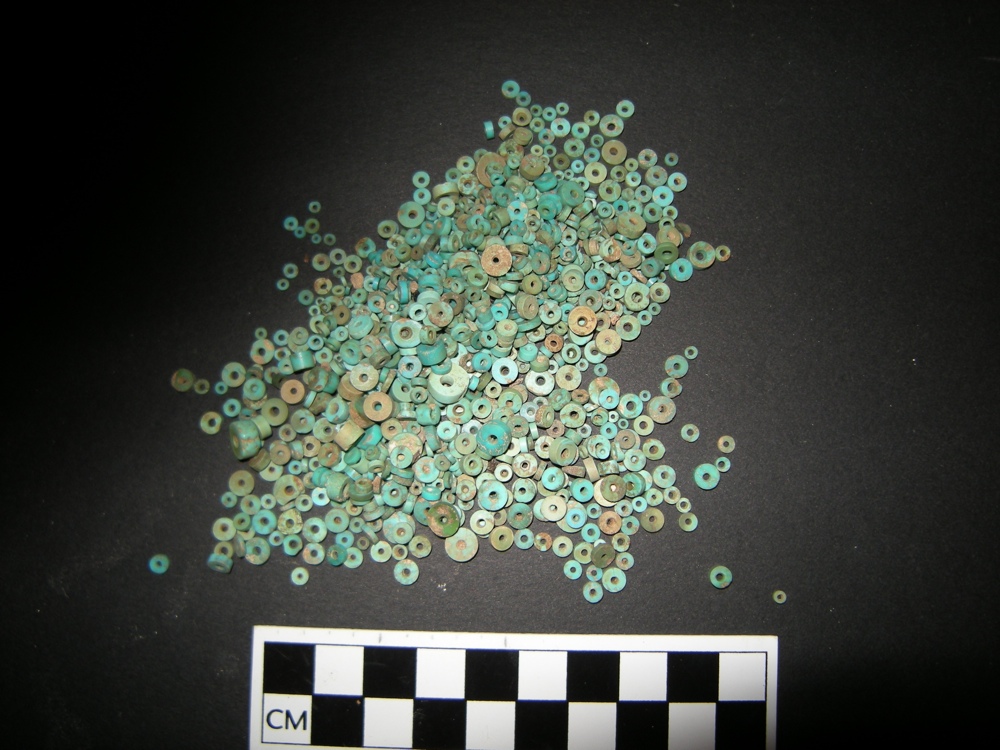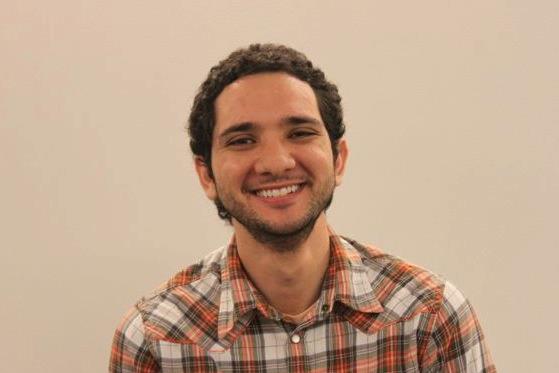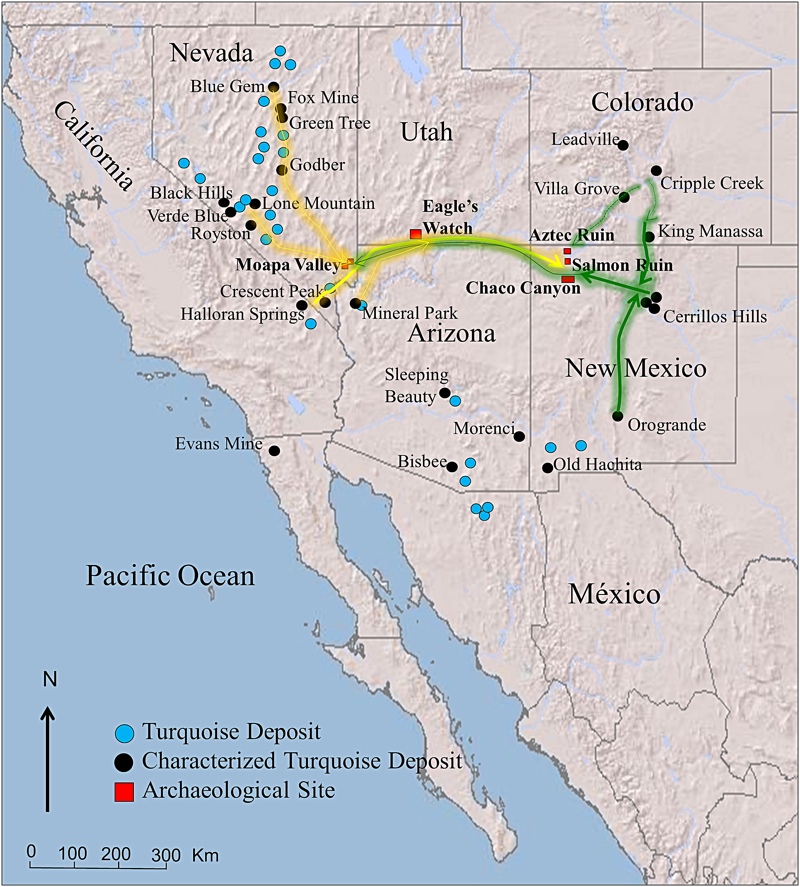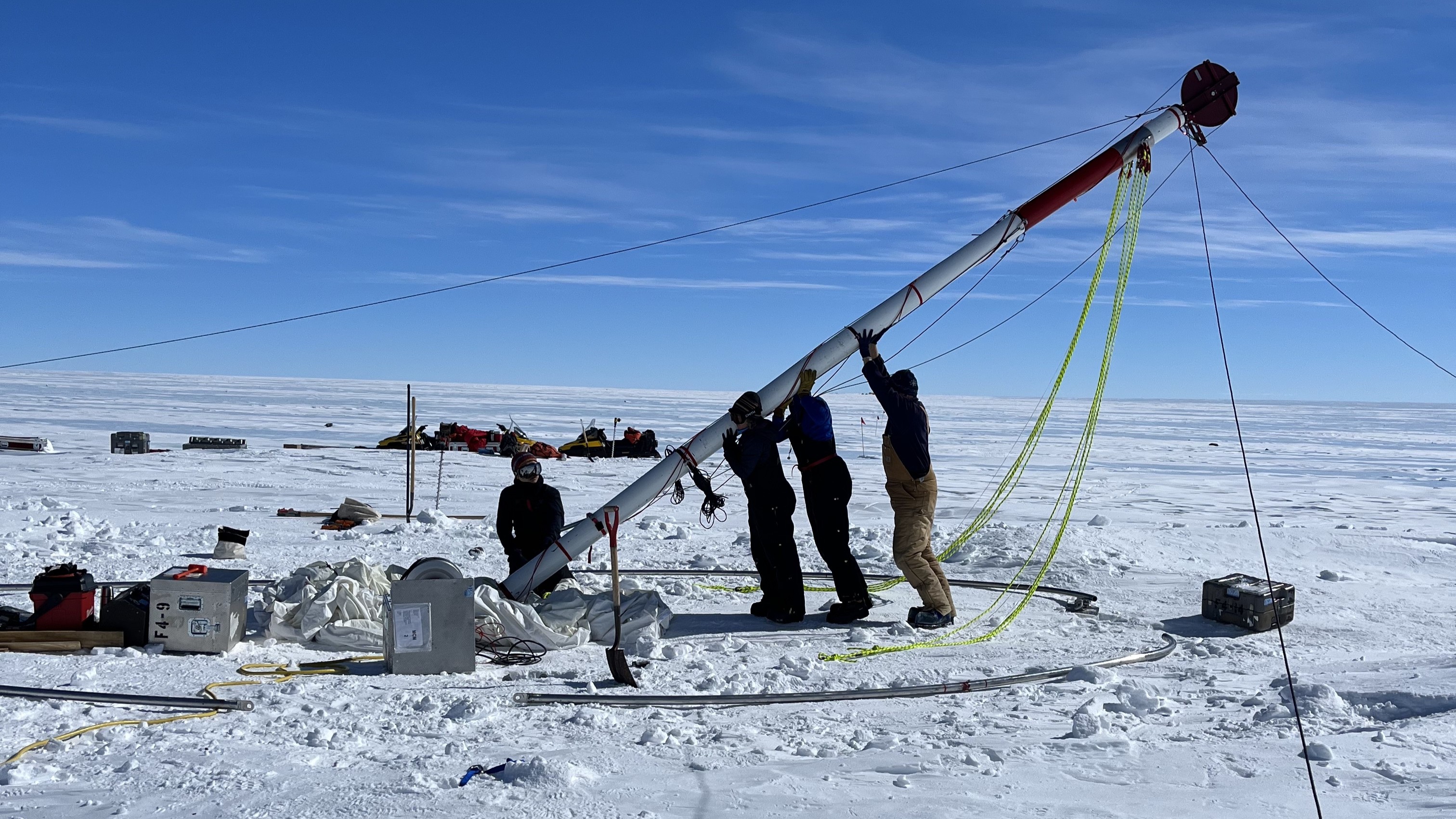Massive Turquoise Trade Network of Ancient Pueblos Revealed

About a millennium ago, the ancestral Pueblo Indians in the Chaco Canyon in northwestern New Mexico obtained their precious turquoise using a large trade network spanning several states, new research reveals.
In the new study, researchers traced Chaco Canyon turquoise artifacts back to resource areas in Colorado, Nevada and southeastern California. The results definitively show, for the first time, that the ancestral Puebloans — best known for their multistoried adobe houses — in the San Juan Basin area of New Mexico did not get all of their turquoise from a nearby mining site, as was previously believed.
What's more, the study reveals the Puebloan people in the Moapa Valley of southern Nevada obtained some of their turquoise from as far away as Colorado and New Mexico, suggesting the trade network ran in both directions. [See Photos of Chaco Canyon and Turquoise Artifacts]
"People usually think of the Chaco Canyon as this big center [for turquoise]," said study lead author Sharon Hull, an anthropologist at the University of Manitoba in Winnipeg, Canada. "But we show that people were bringing the turquoise back and forth between the western and eastern sites."
Sourcing turquoise artifacts
Over the years, archaeologists have found more than 200,000 turquoise pieces at various sites in the Chaco Canyon. The gems, which were often embedded into jewelry and figurines, were very important to the Puebloan culture, and akin to modern-day diamonds, Hull told Live Science.
Initially, scientists thought the gems came from the nearest turquoise deposit more than 124 miles (200 kilometers) away — the Cerrillos Hills Mining District near present-day Santa Fe, N.M. But the discovery of other extensively mined turquoise deposits throughout the southwestern United States led some scientists to believe the Chaco residents acquired some of their gems through long-distance trade networks. However, the evidence was mostly circumstantial, as chemical analyses weren't able to link the artifacts with specific mining sites.
Get the world’s most fascinating discoveries delivered straight to your inbox.
Hull and her colleagues began their study by creating a comparative database, consisting of 800 isotope analyses from 22 resource areas in the western United States and northern Mexico. (Isotopes are atoms of the same element with different numbers of neutrons.)
"To establish a successful database, you have to find discriminators that have less variation within a mine than between mines," Hull said. "Copper isotopes don't work and hydrogen isotopes don't work. But between the two, you have an isotope overlap that is pretty distinct for each resource." If the copper-to-hydrogen isotope ratio for a turquoise artifact matches the distinctive ratio of a mine, it would mean the artifact came from that specific turquoise deposit.
Next, the team analyzed the ratios of copper to hydrogen isotopes of 74 turquoise artifacts from Puebloan sites in the San Juan Basin, southern Utah and the Moapa Valley in Nevada. After comparing the artifacts' isotope ratios with those of the turquoise mines, they were able to accurately identify the geological source of 42 artifacts.
The researchers expect to be able to source the rest of the artifacts as they add more data from other turquoise mines to their database.
A massive trade network
Specifically, the team found that artifacts from the Chaco Canyon came from turquoise deposits in Colorado and New Mexico, as well as resource areas in southwestern California and Nevada. Interestingly, the people from different sites used different turquoise procurement strategies. [In Photos: Archaeology Around the World]
For example, the inhabitants of Pueblo Bonito, the largest great house in the canyon, heavily favored nearby resource areas, while people from some of the smaller Chaco sites got all of their turquoise from deposits in the far west (at least according to the artifacts the researchers could source). This suggests the people of Pueblo Bonito mined the nearby deposits themselves and either monopolized the mines or, more likely, had unique knowledge about the deposit locations.
"The last time I went to Cerrillos Hills, we had to walk quite a ways to get to it," Hull said. "I remember thinking that if you didn't know where this place was, you just wouldn't be able to find it."
The team saw similar turquoise procurement patterns for other Puebloan sites in the San Juan Basin area — the people of Aztec Ruin got much of their turquois from nearby deposits, whereas the inhabitants of Salmon Ruin sought out turquoise from the west. Additionally, they found the Puebloans in Eagle's Watch in southern Utah and the Moapa Valley in southern Nevada procured their turquoise from deposits both near and far.
These findings show that the long-distance trade routes of the Puebloan people weren't used to only move goods — particularly turquoise — in one direction, Hull said.
The team is now looking to further map the movement of the blue-green mineral across the southwestern United States, in hopes of learning more about the individual groups that coveted turquoise and were involved in the massive trade network. They also want to use their new technique to investigate the geological source of turquoise artifacts in other countries, such as Mexico, Chile and Argentina.
The study will be published in May in the Journal of Archaeological Science.
Follow Joseph Castroon Twitter. Follow us @livescience, Facebook & Google+. Original article on Live Science.


